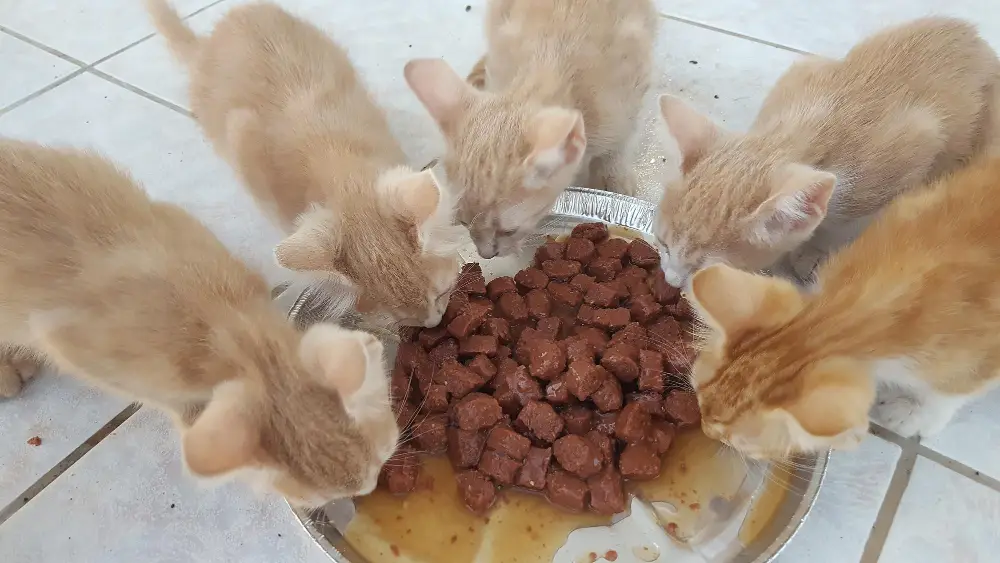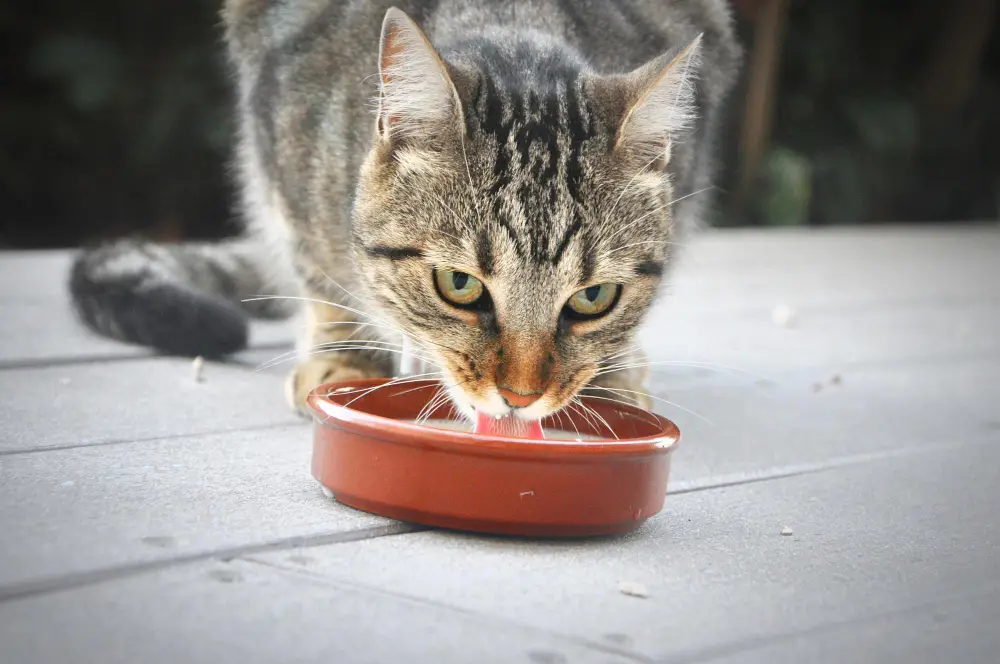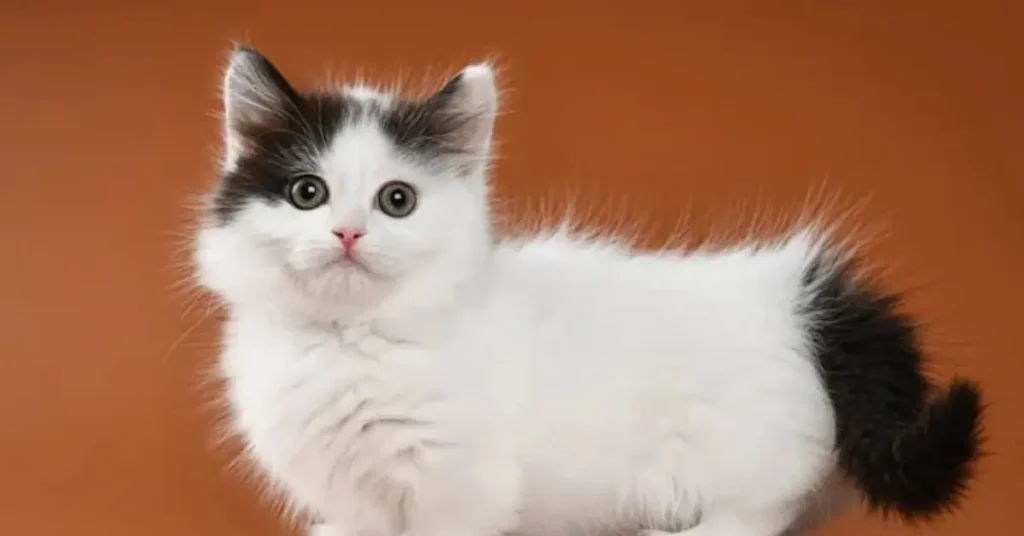Just like us, cats can have their stomachs feel off. A sensitive stomach in cats can arise from diet changes, allergies (even to common proteins like fish or meat), or intestinal conditions, all leading to distressing symptoms like vomiting, diarrhea, or not eating food properly. A sensitive stomach doesn’t mean your cat can’t enjoy mealtimes; it just means they need food that can be easily digested.
Wet cat food for sensitive stomachs does more than provide nutrition. It offers gentle relaxation through easy-to-digest proteins, added hydration, and comfort for your cat’s stomach. These meals can manage gentle support to digestive health and keep your feline friend feeling their best.
Table of Contents
ToggleSigns Your Cat Has a Sensitive Stomach
Early recognition matters:
- Sudden vomiting or diarrhoea, especially after eating
- Loose, irregular stools, increased hairball frequency, or a sleepy, off-color kitty
- Decreased hungerness, lethargy, or mood changes post-meal
Recognizing these symptoms early gives you an edge. Introducing wet cat food formulated for sensitive stomachs brings immediate relief: softer, soothing textures, built-in hydration, and fewer irritating ingredients like grains or artificial additives. This gentle shift can help calm their gut and set the stage for recovery so you’re helping, not just feeding.
Benefits of Wet Food for Cats with Sensitive Stomachs
Why is wet food often recommended?
- Hydration boost: With 75–78% moisture (vs. 10–12% in kibble), wet food supports gut function and helps cats prone to dehydration (Business Insider, The Spruce Pets).
- Lower carbs, higher protein: Cats digest protein better, making digestively sensitive systems respond well.
- Soothing texture: Soft, pâté-like or gravy-filled formulas are easier on upset stomachs and sensitive teeth.
These qualities make wet cat foods for sensitive stomachs especially beneficial for digestive discomfort.
What to Look for in Wet Cat Food
Prioritize:
- Limited, high-quality ingredients to reduce irritants
- Real animal protein as the first ingredient
- Grain-free or easily digestible grains
- No artificial additives—only clean, simple nutrition
- Probiotics or prebiotics to nurture gut flora (e.g., Purina Pro Plan’s formula tailoring prebiotic fiber)
Such features distinguish top-tier wet cat foods for sensitive stomachs from the rest.
Top 10 Best Wet Cat Foods for Sensitive Stomachs
1. Purina Pro Plan Sensitive Skin & Stomach Wet Cat Food
A high-moisture option with digestible proteins, prebiotic fiber, and omega-6 for coat and digestive health. Reviewers note impressive improvements, calling it a “life saver… turned stool consistency around”.
Pros: Vet-recommended, hydrating, gut-supporting
Cons: Uses by-products and has more processed ingredients
2. Hill’s Science Diet Sensitive Stomach & Skin Wet Cat Food
Contains gentle fibers like oat and beet pulp, plus skin-enhancing nutrients like omega-6s. Reviews praise it for regulating bowel movements, particularly in older or gassy cats.
Pros: Vet-formulated, hydrating
Cons: Pricier and past recalls noted
3. Royal Canin Digest Sensitive Thin Slices in Gravy
Features thin, easy-to-eat slices in a savory gravy with prebiotics, designed to promote healthy digestion and reduce stool odor.
Pros: Precisely formulated, appealing texture
Cons: Uses some lower-grade protein and grains, higher cost
4. Blue Buffalo Sensitive Stomach Chicken Pate
A limited-ingredient pate that is widely favored for its simplicity and effectiveness in reducing gastrointestinal upset. Consumers appreciate how it minimizes reactions.
Pros: Gentle ingredients, fuss-free
Cons: Limited flavor variety
5. Iams Perfect Portions Healthy Adult Sensitive Digestion
Convenient and hygienic, these single-serve trays deliver controlled, gentle portions ideal for managing sensitive tummies.
Pros: Prevents overfeeding, mess-free
Cons: Higher cost per serving
6. Wellness CORE Grain-Free Indoor Formula
High-moisture, grain-free pate that’s robust in protein—ideal for hydration and avoiding grains known to upset some cats’ digestion.
Pros: Grain-free, protein-rich
Cons: High protein may not suit all digestive sensitivities
7. Merrick Limited Ingredient Diet Grain-Free Wet Cat Food
Minimal ingredient profiles reduce allergy risks. Real proteins with no fillers make this a sensitive-stomach safe pick.
Pros: Great for cats with food sensitivities
Cons: Price and availability can be limiting
8. Instinct Original Grain-Free Pâté for Sensitive Cats
Packed with high-quality protein and no fillers, this pate offers pure flavor and digestibility.
Pros: Clean formula, gut-friendly
Cons: Limited protein options for rotation

9. Sheba Perfect Portions Cuts in Gravy Sensitive Formula
Split-portion trays keep feeding quick and easy, while light gravy adds beneficial moisture.
Pros: Convenient, textured appeal
Cons: Ingredients are less transparent
10. Weruva Paw Lickin’ Chicken in Gravy
High moisture, soft texture, and flavorful options make this a hydrating hit—gentle and palatable.
Pros: Moist and tasty
Cons: Some protein types (like fish) may not suit all cats
Tips for Transitioning to a New Wet Food
Switching too quickly can upset even the most resilient cats, so follow these detailed steps for a smooth transition:
- Go slow—transition over 7–10 days: Start by offering only 20–25% of the new food mixed with the old. This lets your cat’s gut adjust gradually.
- Mix gradually—increase new food proportionally:
- Days 1–3: 75% old, 25% new
- Days 4–6: 50% old, 50% new
- Days 7–10: 25% old, 75% new
This phased approach eases your cat into the new wet cat foods for sensitive stomachs without shock. - Monitor closely: Watch for changes in stool consistency, appetite, and energy. Mild digestive upset? Slow it down. Persistent or severe issues? Pause and consult your vet.
- Days 1–3: 75% old, 25% new
When to See a Vet
Even the most thoughtful dietary changes can’t address underlying health conditions, so seek veterinary guidance when:
- Symptoms persist—vomiting, diarrhoea, or soft stools continue beyond two weeks.
- Concerning signs emerge—like dehydration (dry gums, sunken eyes), weight loss, lethargy, or repeated vomiting.
- Early intervention matters—quick action can prevent complications like malnutrition or severe dehydration.
Conclusion
Getting the right wet cat food for a sensitive stomach isn’t just about feed to you cat it’s about making them feel relax and comfortable. With the right wet food, packed with gentle and full of nourishing ingredients, you can help ease their symptoms while keeping them hydrated and healthy.
When making the transition, take your time to increase the new food over about a week to avoid flare-ups. If your feline’s upset persists, don’t wait to consult your vet. They may recommend a therapeutic hydrolyzed or limited-ingredient diet tailored to your cat’s needs. The goal? Balanced meals that bring both relief and health—so your cat feels good and relaxed from the inside out.







